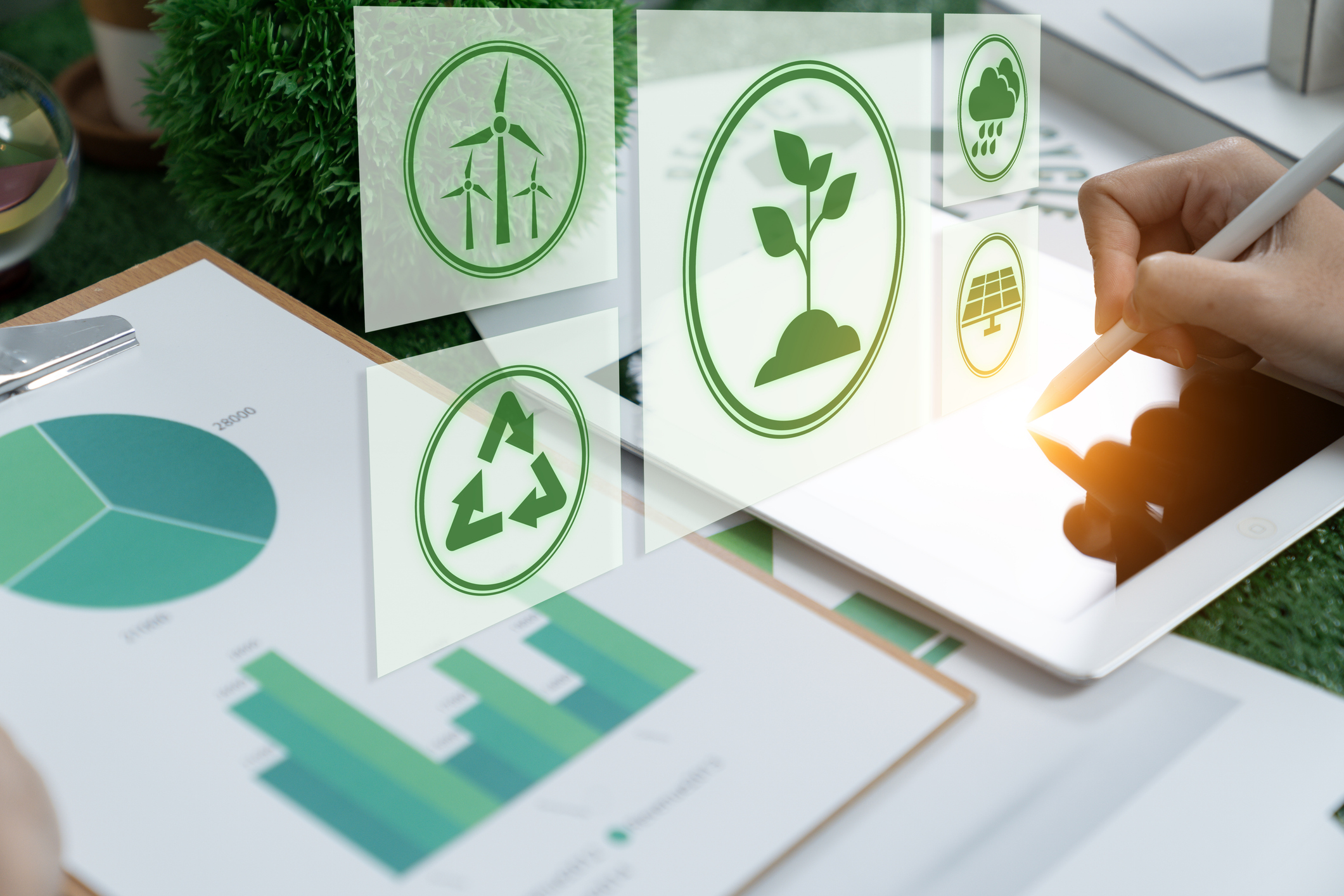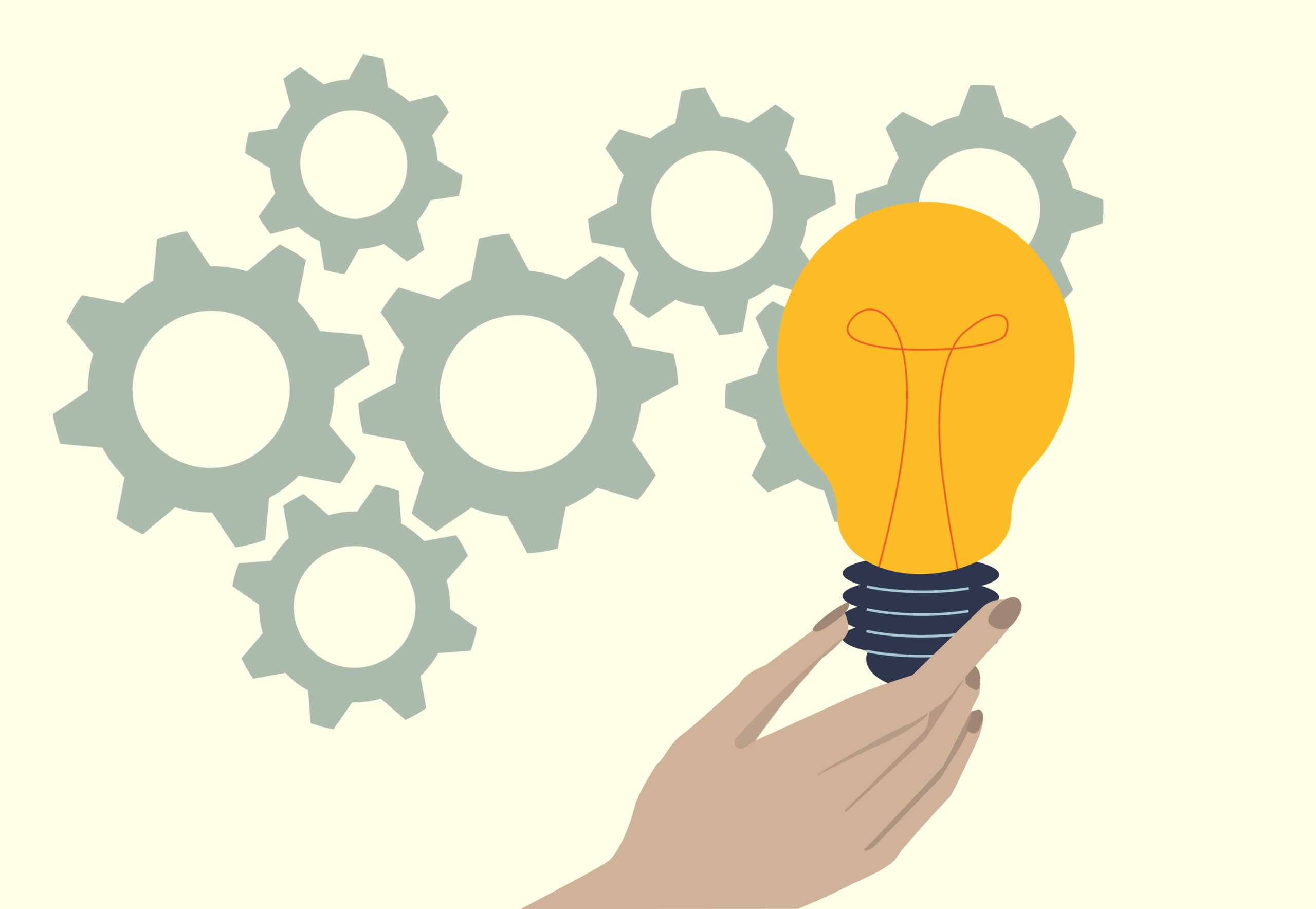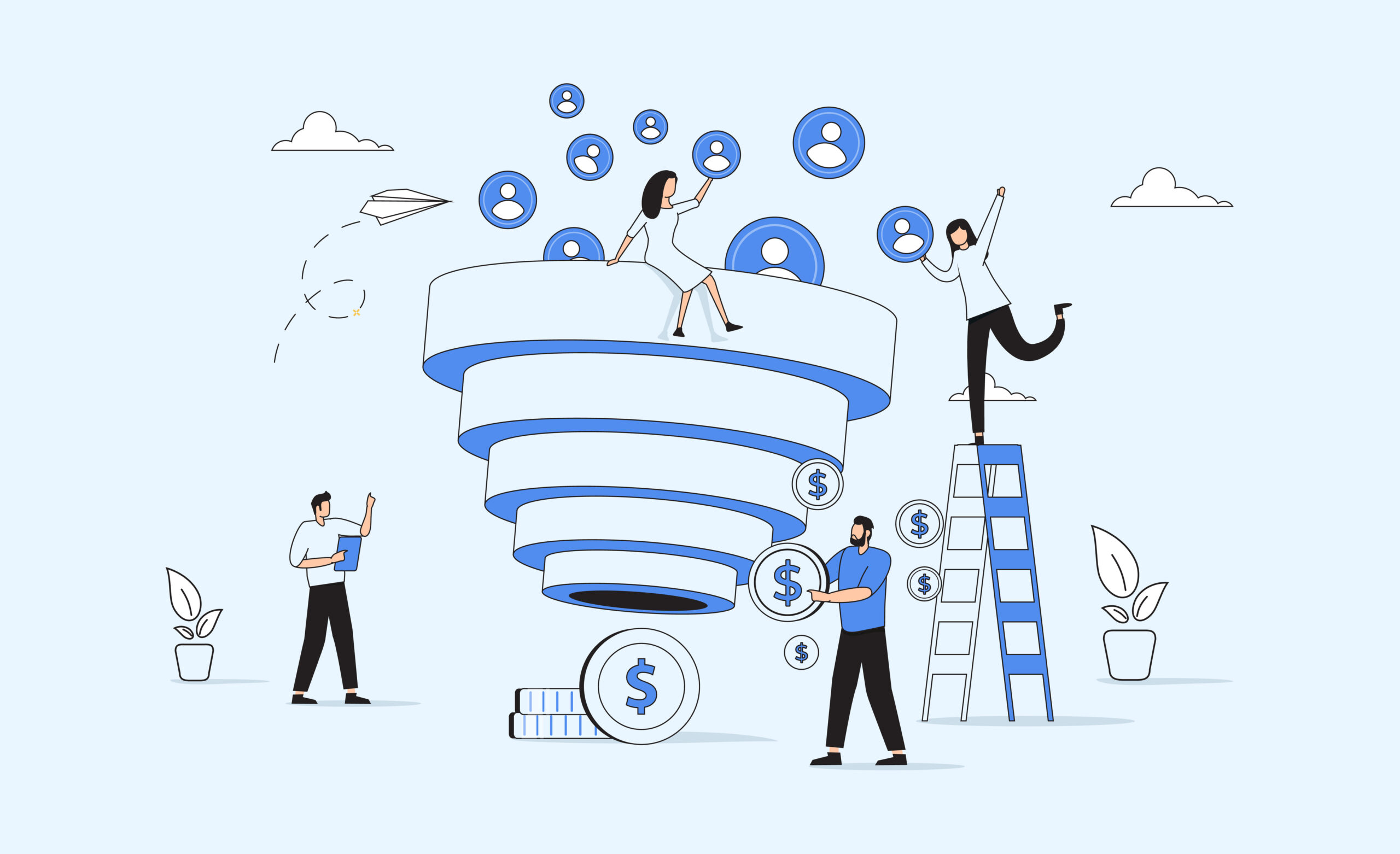For years, I worked in utility customer service. The position gave me a greater understanding of the complexities of the electric utility industry, as well as deeper empathy for customers struggling to make ends meet. As such, the most common reasons for any customer contact were to determine why a bill was more or less than expected and how to arrange payment, to transfer service from one address to the next, or to report an outage. Put it another way, the starting point for most customers is that they want options and better education. As a natural monopoly, providing excellent utility customer service may seem like a peripheral goal, but research indicates that a robust customer engagement strategy can help meet regulatory goals, higher revenues, and increased adoption of the demand response and distributed energy resource (DER) programs needed to meet global decarbonization efforts.
What Is Good Utility Customer Service
Measuring effective utility customer service can vary by operation, but generally consist of similar factors. According to the annual J.D. Power report on customer satisfaction, there are six factors used to identify quality service:
- Power Quality & Reliability
- Price
- Billing & Payment
- Communications
- Corporate Citizenship
- Customer Care
In each case, these factors reflect the anecdotal experience shared above, that customers crave an understanding of their bill and education on available customer options. The idea behind this system of measurement is to illustrate strategic opportunities for utility providers to enhance their service, develop their DR/DER programs, and have a comparative analysis against other similarly sized electric providers.
What Do Customers Want?
The metrics that J.D. Power employs are designed to help encourage and guide electric utilities through data analytics. Unsurprisingly, these metrics largely reflect what customers demand from a utility. For example, billing and reliability remain integral to improving utility customer service levels; customers want reliable, affordable power, and they want it now. Utilities can attain that goal through forecasting tools used to help better understand potential energy purchasing needs. In doing so, utilities can minimize costs associated with demand pricing as informed through analytics.
Somewhat more surprising is the role that sustainable initiatives play in shaping service levels. Customers want to help the environment through strident actions to curb climate change. In fact, in a 2021 survey conducted by Oracle, 52% of respondents identified climate change mitigations as personally important.
In addition to climate change, customers want better technical options. They want easier means of communicating directly with utility providers, as well as easier means of paying or receiving programmatic incentives. Satisfying these customer concerns can lead to better relationships between utilities and regulators.
How Decarbonization Regulations Are Changing the Utility Landscape
Customer interest in clean energy technology directly correlates with regulatory decarbonization efforts that are reshaping the modern grid. These objectives are meant to curb carbon emissions and improve utility customer service scores, but present new challenges to the reliable and affordable energy at the core of consumer interest. Let’s look at how the tech disruption caused by increased consumer interest in personal DER technologies and regulatory efforts to fight climate change can satisfy both present new revenue opportunities while meeting customer expectations.
Prosumer Boom
The term prosumer is older than you might imagine, a portmanteau of the words “producer” and “consumer” used to describe a growing demographic committed to providing their own energy. As DERs like solar power or electric vehicles (EVs) become increasingly accessible for individual use, prosumers present a new challenge to grid reliability through tech disruption. FERC recently reported that energy rates are rising in some places up to 233%. These fears about cost will only further spur the adoption of prosumer technologies. Fortunately, increased access to DERs offers a unique opportunity for electric providers to enhance their DR and DER programs alike.
More EVs on the Road
The EV market is growing exponentially, with some manufacturers reportedly selling out of stock. While this is partially related to supply change issues, market growth and customer demand tell you what you need to know: consumers want electric vehicles. For many, EVs satisfy electrification goals, which have the potential to minimize our global dependence on fossil fuels. Unfortunately, more EVs on the road means that EV charging requirements will further complicate an ever-evolving electric landscape by pulling energy at off-peak demand times.
Luckily, through vehicle-to-grid (V2G) reciprocal charging, utilities can institute battery programs that strengthen the grid by resupplying much necessary power during demand events. Furthermore, batteries and other DER technologies can combine through the right distributed energy resource management system (DERMS) to create a virtual power plant, a combination of disparate energy sources used to help power the grid during high times of usage.
Using Customer Engagement for Programmatic Growth
As noted, consumers want access to renewable energy and drive demand for green power. Increased sustainability measures are, in some cases, here, while in other areas imminent. Now is the time for electric companies to improve their demand response and DER program efforts. With demand response, utility companies have an opportunity to curb their energy usage during peak demand periods through conservation. A rich utility customer service strategy for demand response should include:
- Quickly and efficiently alerting customers to potential demand events
- Running events as non-intrusively as possible
- Streamlined incentive processing
Through utility customer service outreach, electric providers can also encourage DER adoptions, which may seem counterintuitive, but that meets customer interest and regulatory needs. DER programs offer a parallel initiative to demand response by using existing renewable resources to gird the power grid during peak times of usage. By pursuing increased DR and DER offerings, utilities can minimize their energy spending, while satisfying customers.
Utility Customer Service & ESG Ratings
Like the annual J.D. Power rankings, utilities are among the industries measured by environmental, social, and governance (ESG) ratings. ESG ratings are influenced by elements like corporate social responsibility (CSR) and sustainability initiatives meant to mitigate climate change while contributing positively to the community. As such, ESG ratings look at the full scope of a company’s actions, which can lead to significant losses in rank. For electric companies, the ESG index ties into utility credit ratings as well as shaping public perception.
Utility Customer Service Conclusion
Educating the public is integral to improving utility customer service levels and can have very tangible benefits to any electric provider. The relationship between regulatory requirements and consumer demand is critical to utilities, whether that’s in shaping public policy or in building the customer rapport needed to develop and grow DR/DER program buy-in. Whether it’s prosumer interest or customer demand, the energy and regulatory landscape are rapidly changing. By keeping customers informed, utilities can create fresh opportunities for revenue and in enhancing their public perception.





